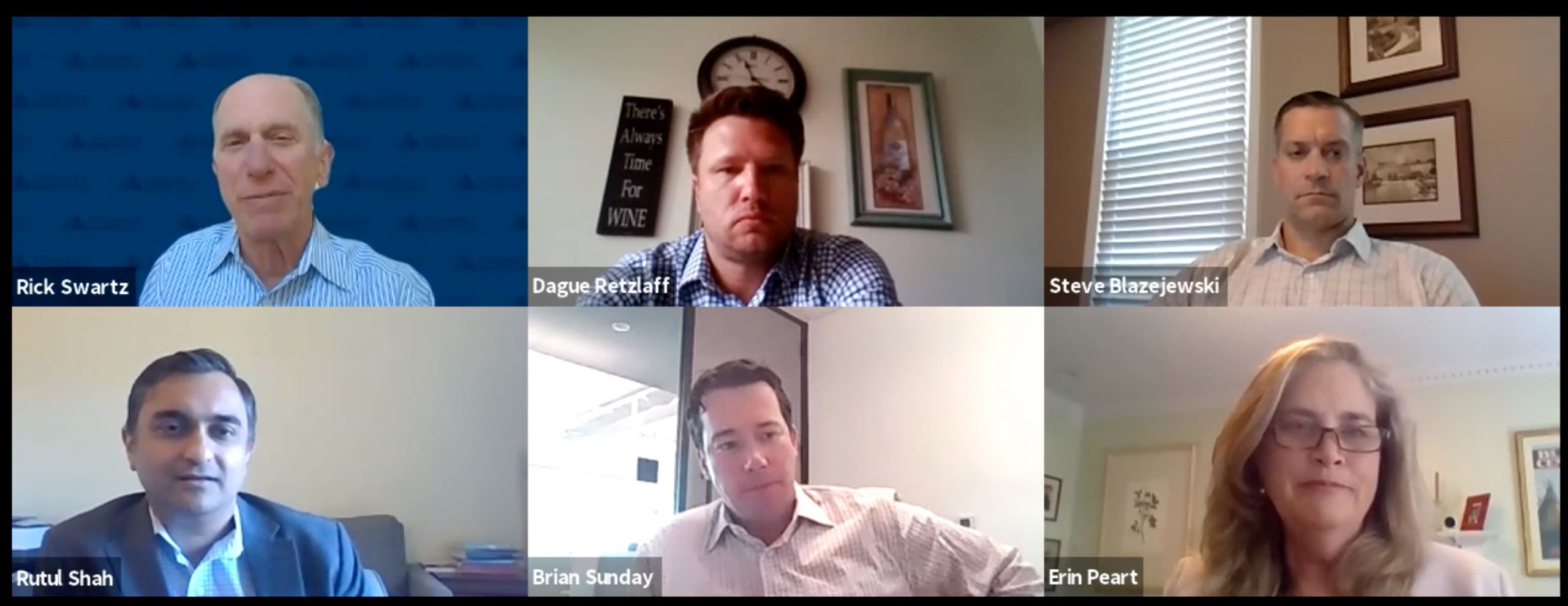Development activity in the seniors housing sector has slowed greatly as a result of the COVID-19 pandemic. New construction as a percentage of existing inventory fell from a high of 7.3 percent in the fourth quarter of 2017 to 4.9 percent in the first quarter of 2021, according to the National Investment Center for Seniors Housing & Care (NIC).
This deceleration is due to a combination of factors:
- Occupancy hit record lows, meaning new product wasn’t needed;
- Lenders became very hesitant to loan on new, ground-up construction;
- Construction material costs skyrocketed as those industries were also affected by the pandemic.
However, there is still a lot of equity waiting on the sidelines to be deployed. PGIM Real Estate, for example, has $300 million in equity set aside for new seniors housing development, according to the company’s Steve Blazejewski. Assuming PGIM sticks to its strategy of financing 65 percent of a project’s cost through debt financing, that results in $1 billion in development potential.
“Generally speaking, we’re still very active and bullish on development. We continue to have the same appetite,” said Blazejewski. “The developments we’re working on now should open in two years. At that point, we think we’re going to be well beyond the COVID era and the occupancy declines we’re seeing right now.”
The comments came during a panel discussion titled, “Investors and Lenders Analyze Capital Markets & Investment Climate for New Developments” at France Media’s InterFace Seniors Housing Development, Design & Finance conference, held virtually last week.
Panelists included Blazejewski, moderator Richard Swartz of Cushman & Wakefield, Dague Retzlaff of Capital One, Erin Peart of Wells Fargo Bank, Brian Sunday of AEW and Rutul Shah of Birchwood Healthcare Partners.
For its part, AEW has scaled back its development pipeline, according to Sunday, due to the headwinds facing the industry. However, the company similarly has cash to spend that is earmarked for seniors housing.
“If we’re not going to develop, we’re going to buy,” said Sunday. “Even though the acquisition market is quiet right now, we think there will be some opportunities to use that development capital to make some acquisitions. From a risk-adjusted standpoint, you get good returns for taking less risk.”
“We’re still going to develop,” added Sunday. “We’re just taking a little bit of a step back.”
With the end of the pandemic in sight, lenders have also started to consider providing construction financing again. They, too, have dry powder and are looking to use it, according to Peart.
“A lot of lenders are back in the market. Lenders still have coffers to fill; they still want to put money out,” said Peart. “We’re all hopeful for the positive absorption to get the occupancy back to where we were pre-COVID. We’re all starting to feel pretty bullish about development.”
First-quarter occupancy clocked in at a record-low 78.8 percent, a drop of 870 basis points from the year prior, according to NIC. Operators are reporting that new leads are coming back, though, which could signal an end to the occupancy decline.
Many lenders are much more comfortable leveraging existing relationships with trusted developers, said Peart. However, she suggests this may be a missed opportunity for many capital providers to gain new clients.
“This is an opportunity to start some new relationships, but we haven’t taken advantage of that.”
For its part, Capital One lowered its loan-to-cost ratio during the pandemic from 65 percent to 50 percent on development projects in order to minimize its risk exposure, said Retzlaff. He hopes to see those numbers rising again soon, though.
“Pre-COVID we were just getting our construction program off the ground, but unfortunately COVID put a stop to the plans we had. We have found a way to stay active, just not anywhere near as active as we were and not anywhere near the same leverage. We’re starting to see signs of occupancy rebounding. I’d expect to start seeing things getting back.”
Alternative development strategies
With ground-up construction facing major headwinds, some developers are adopting alternative strategies to grow their portfolios. Birchwood Healthcare Partners, for example, is putting its money toward campus improvements, according to Shah. In some cases, the company is considering consolidating some of its skilled nursing facilities and rebuilding the closed properties.
“That’s possible when we have a cluster in a metro market,” said Shah. “Any facility that we may temporarily or permanently close, we’re looking at redevelopment there.”
Blazejewski agreed with this strategy, noting that “conversion and redevelopment of skilled nursing facilities is a glaring opportunity right now.”
“Unfortunately we’re on the selling side on behalf of one of our institutional clients. Candidly, I wish we could buy and redevelop them. That’s a huge opportunity with some of the distress in skilled nursing.”
Regarding other strategies outside of ground-up seniors housing development, Swartz posed a key question to the panel.
“There are other stress areas as a result of COVID — hotels, retail, possibly some office. Do you think there will be opportunities for repositioning?”
While the panelists did find some merit with the concept, they were quick to note that adaptive reuse projects are very difficult to pull off.
“It’s hard,” said Sunday. “You have to compete using a converted hotel against a new, state-of-the-art community built for seniors. We’re not seeing a lot of this done successfully. The risk, for us, outweighs the returns for what we’ve seen so far.”
“It just depends on what type of product you’re looking at,” added Shah. “You’re never going to compete against the higher-end product. You need to make sure there’s a market for what you’re trying to do. You have to pick your spots.”
To view an on-demand version of the full panel, register for the conference by clicking here.
— Jeff Shaw

